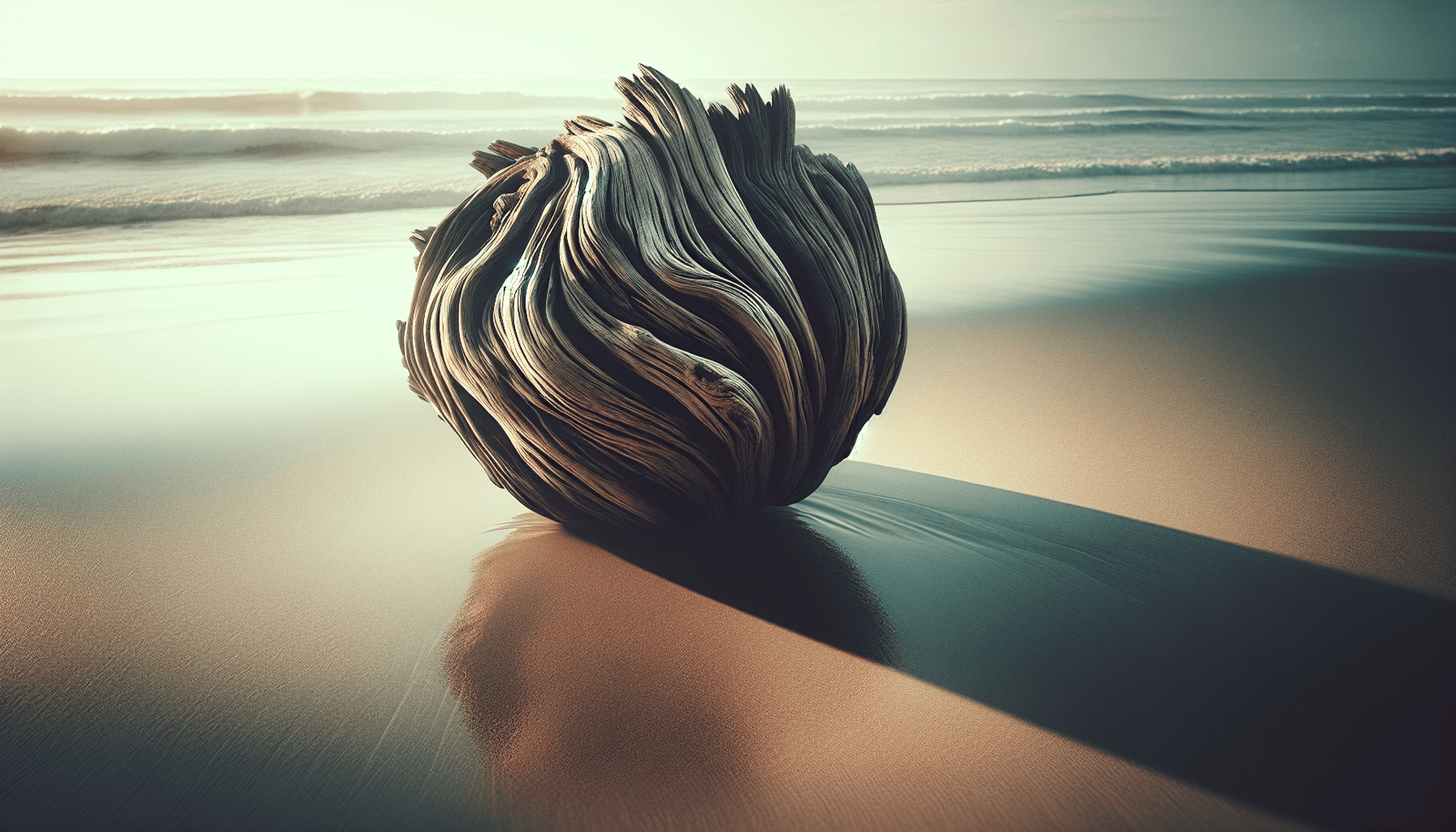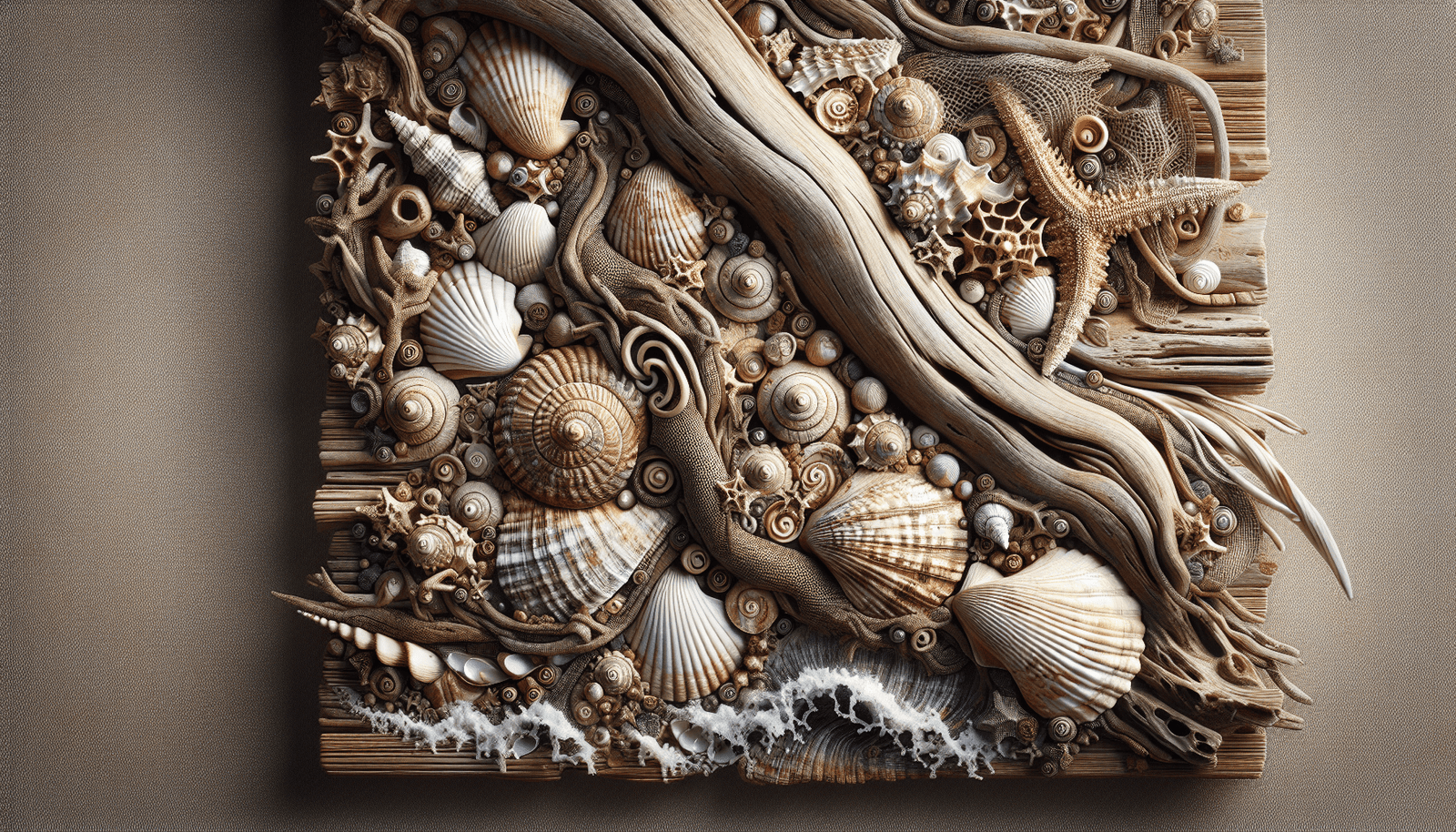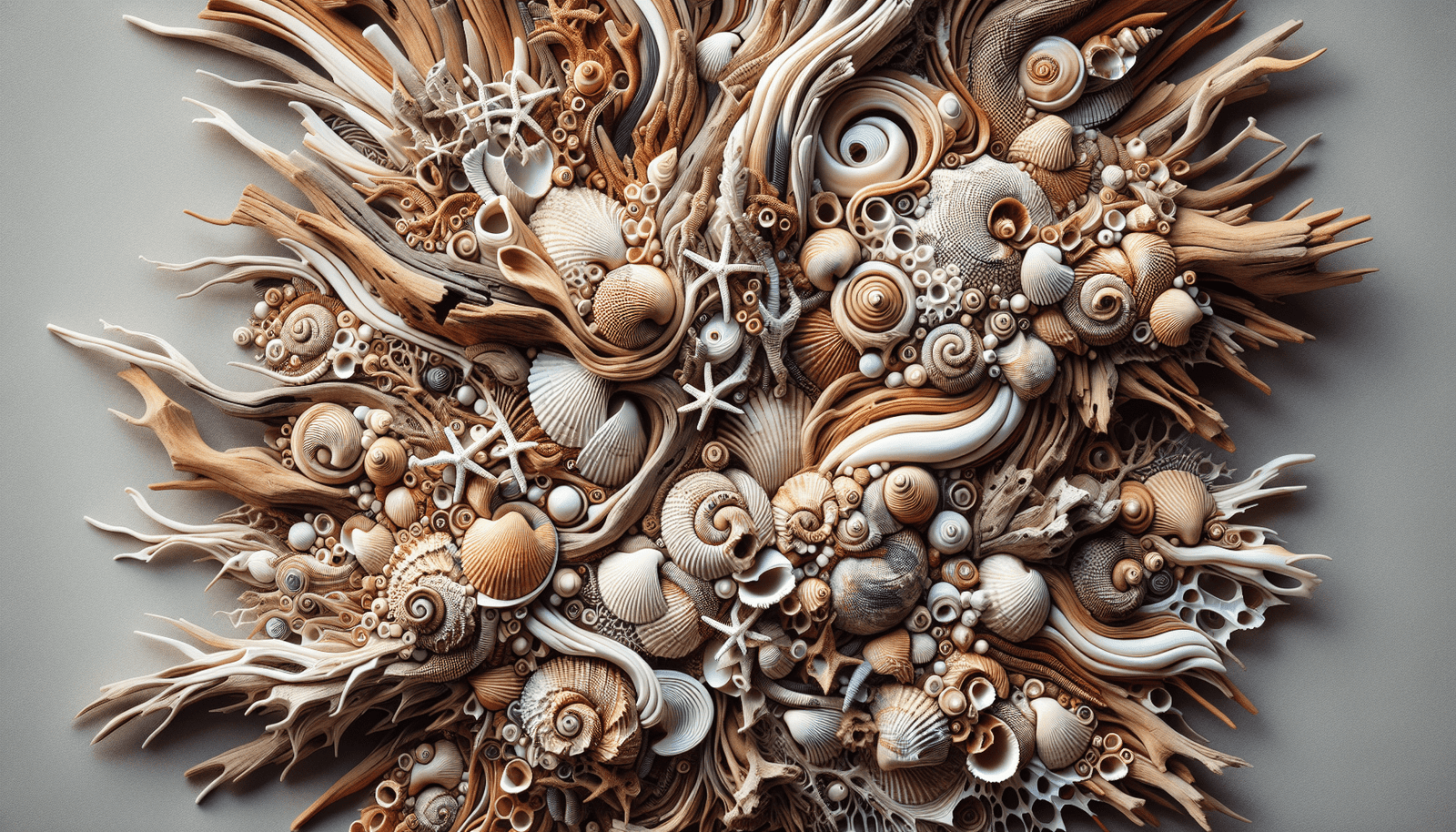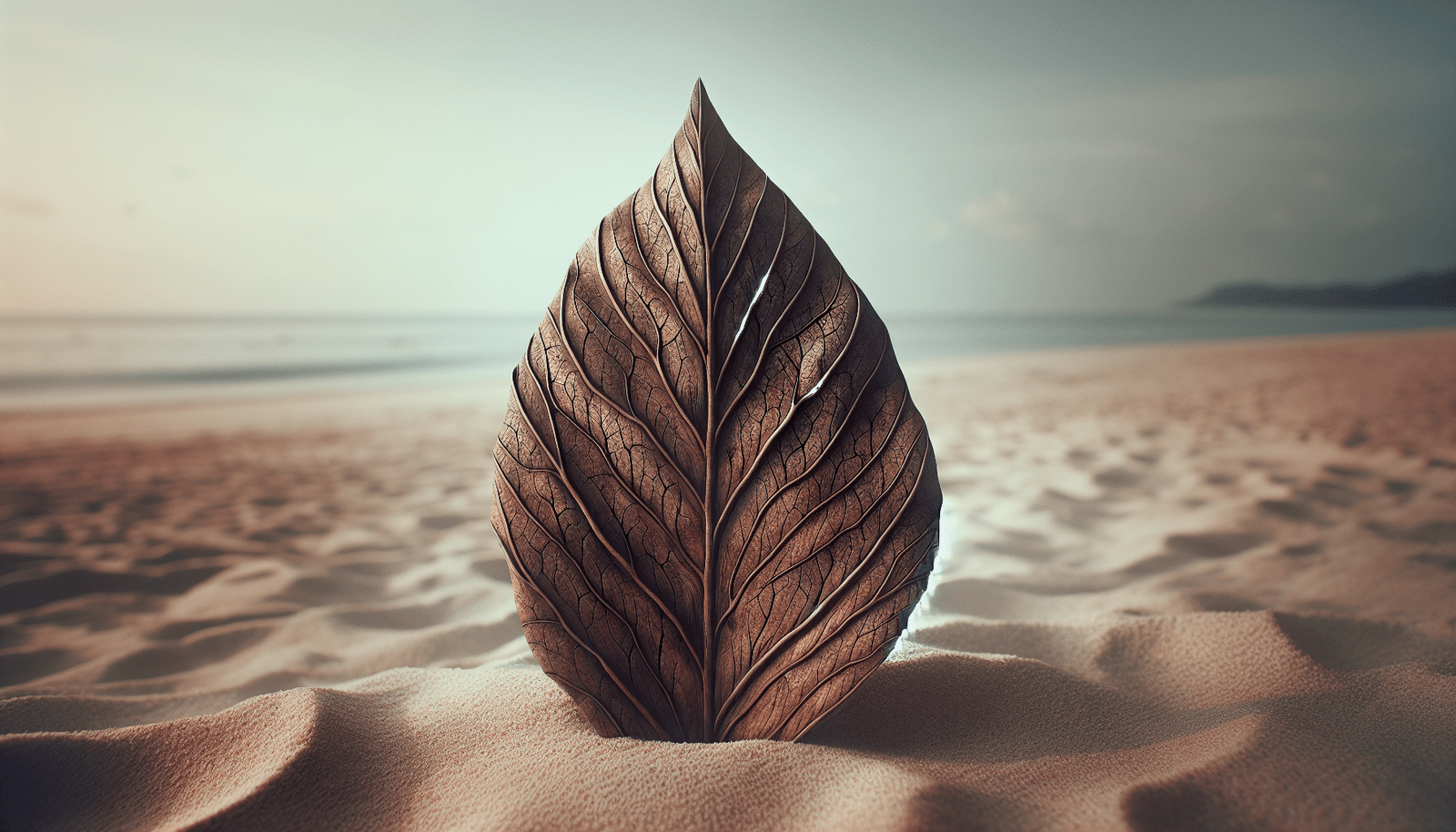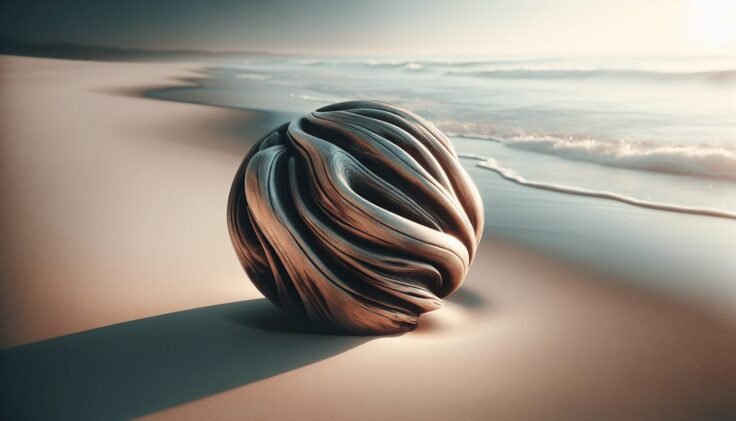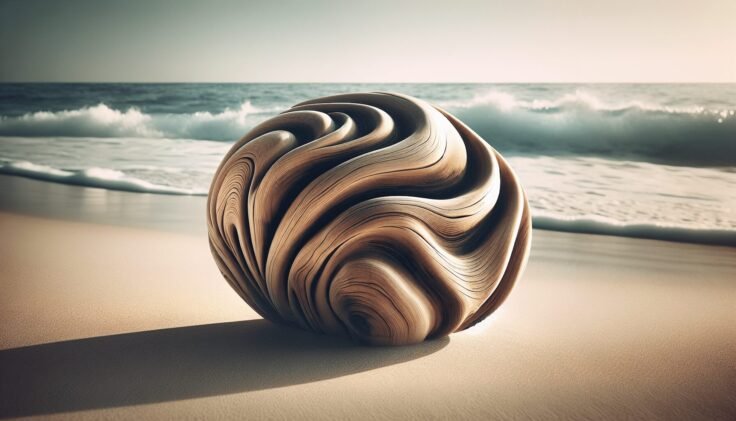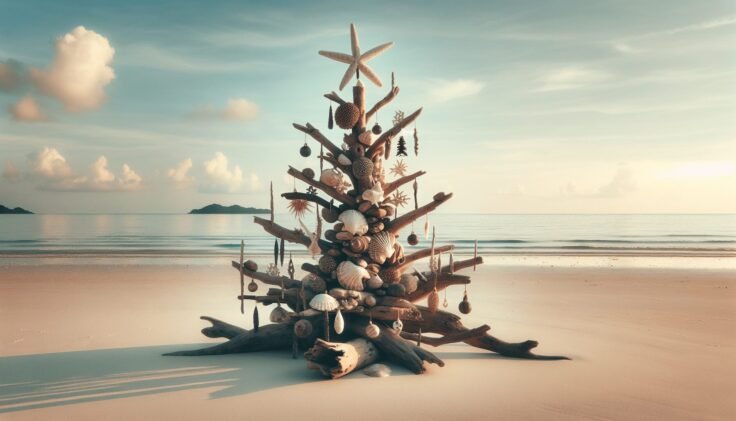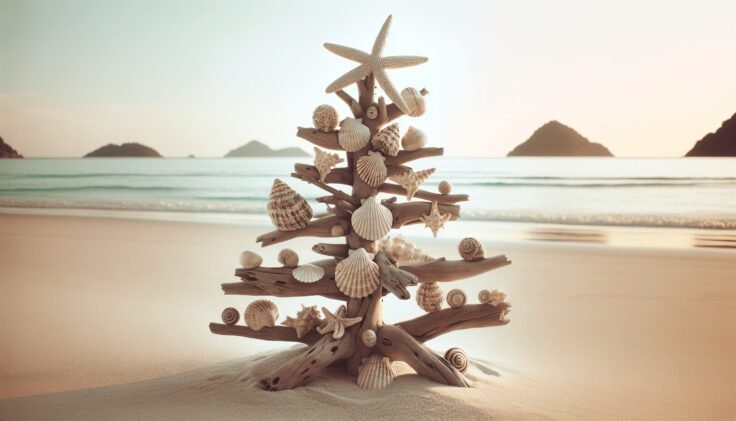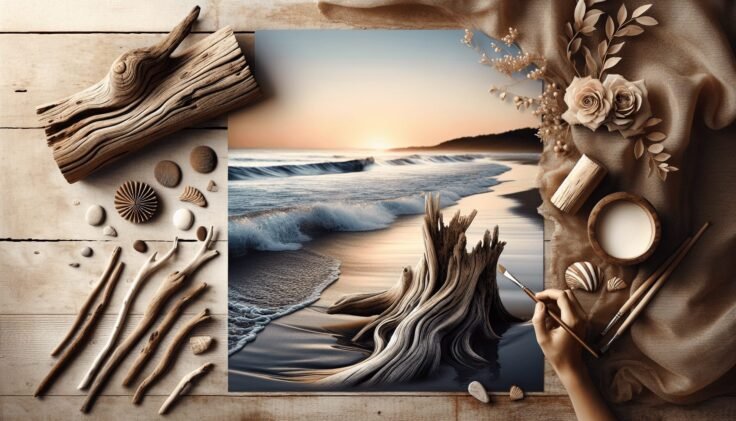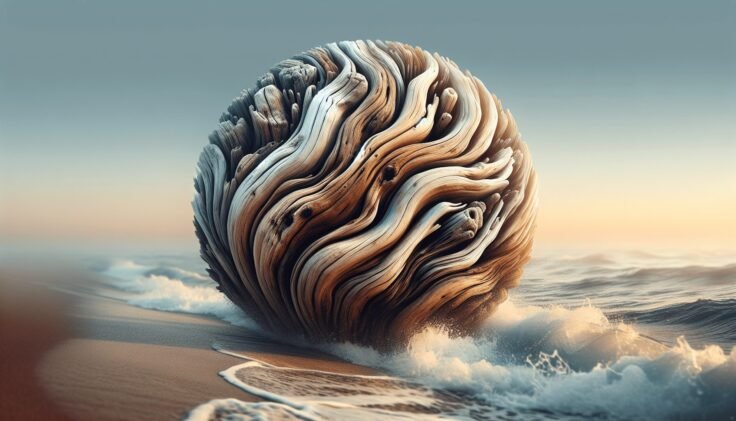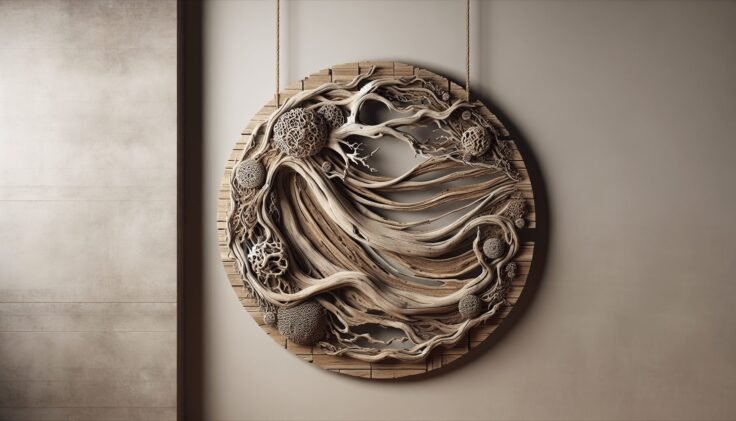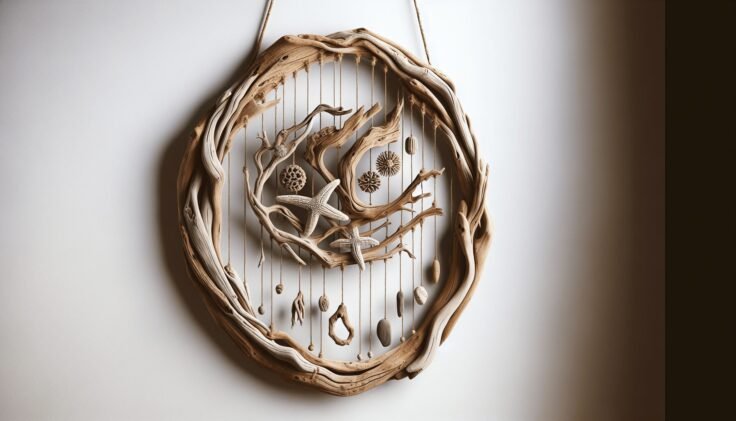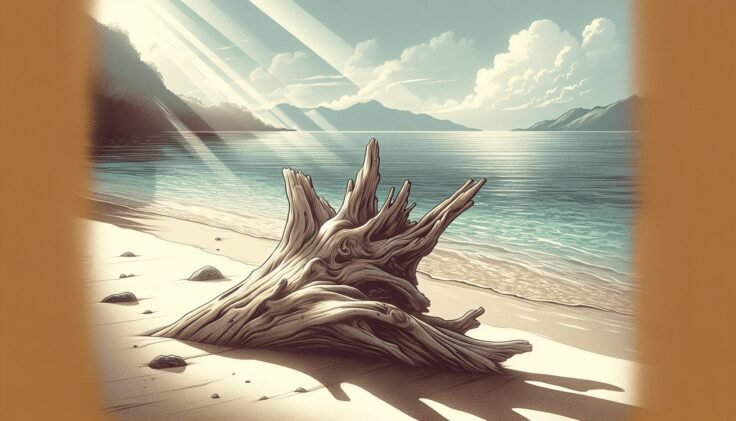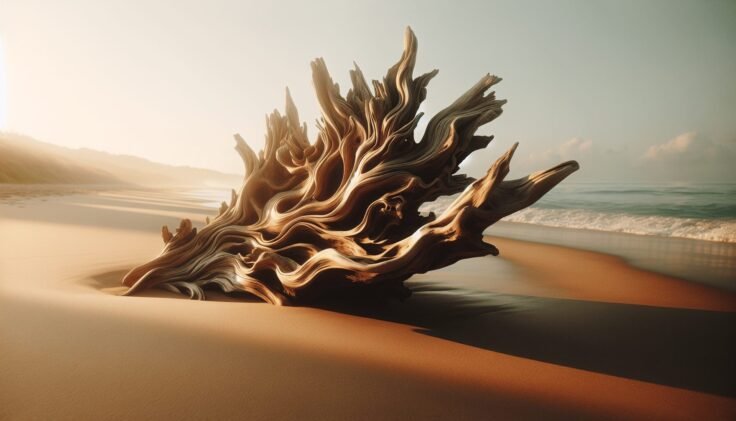Have you ever gazed at a piece of driftwood and admired its rustic charm and natural elegance? The good news is that you don’t need to live near an ocean or spend countless hours scouring beaches to bring that driftwood look into your home. With a little bit of paint, you can recreate the weathered, sun-bleached appearance of driftwood on any wooden surface. In this article, we’ll explore how you can achieve that driftwood look with paint, offering you a budget-friendly way to infuse natural beauty into your space.
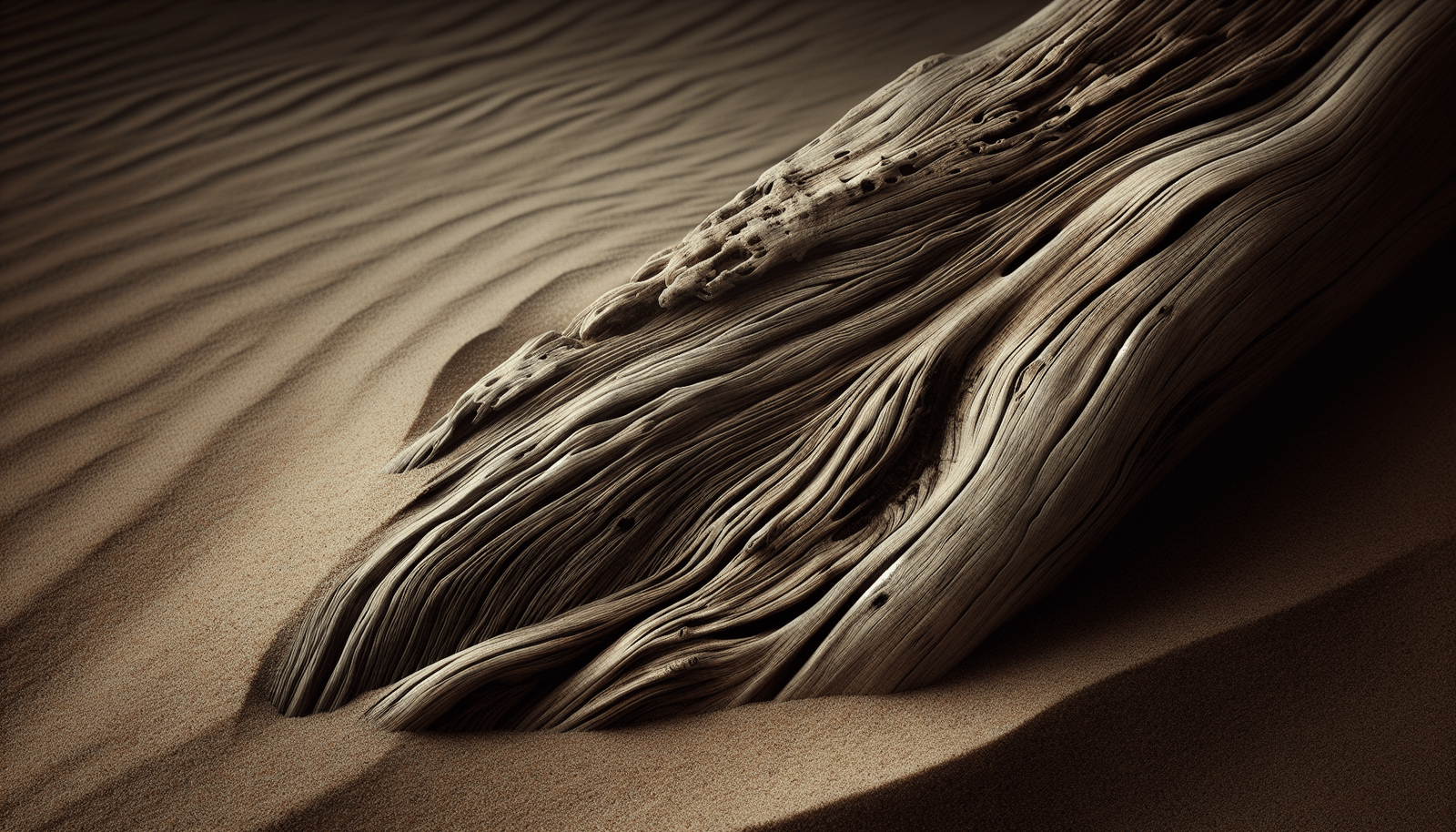
Understanding the Driftwood Look
The driftwood look is characterized by its weathered and aged effect, with colors that often include muted grays, soft browns, and bleached whites. This appearance is the result of wood being polished over time by water, sun, and sand, which create a unique texture and color palette.
What Makes Driftwood Unique?
Driftwood is distinctive due to its soft, bleached colors and smooth, often polished texture. As wood floats in the ocean or rivers, it undergoes natural processes that strip it of its bark and pigmentation, leaving behind a skeletal beauty. The look reflects a balance between raw nature and refined elegance, making it a popular choice in home décor for a rustic yet sophisticated vibe.
Why Imitate Driftwood with Paint?
Imitating driftwood with paint allows you to bring that same beauty and character into your home without the need for natural driftwood. It gives you the flexibility to choose any wooden item in your home and transform it into a piece of coastal chic décor. It’s a perfect solution if you’re looking to revamp old furniture or add texture to new pieces.
Preparing Your Surface
Before you start painting, proper preparation is essential to ensure the paint adheres well and the finish lasts. Here are the steps to prepare your wooden surface for painting.
Cleaning the Surface
Begin by cleaning the wooden surface to remove dust, dirt, or grease. A mixture of mild soap and water usually does the trick. After cleaning, make sure the surface is completely dry before moving on to the next step.
Sanding the Wood
Sanding is arguably the most crucial step because it helps the paint adhere better. Use medium-grain sandpaper to lightly sand the wood surface. Remember to sand with the grain and not against it. Once finished, wipe away any dust with a clean cloth.
Priming the Wood
Applying a primer creates a smooth base and helps the paint colors to stand out. Use a quick-dry primer suitable for wood and apply it evenly over the surface using a paintbrush or roller. Let it dry completely according to the manufacturer’s instructions.
Selecting the Right Paint Colors
Choosing the right colors will define how successful your driftwood look will be. The key is to mimic the shades naturally found in driftwood.
Recommended Color Palette
- Base Color: Light Gray or Soft Blue
- Secondary Colors: Warm Beige or Taupe
- Highlight Colors: White or Cream
You can mix and match these shades depending on the look you’re trying to achieve. Using different wood tones as a base color can slightly alter the finished appearance, offering a custom look that’s uniquely yours.
Test Before You Commit
Before painting a large surface, test your chosen colors on a small inconspicuous area. This helps you see how they’ll look in different lighting conditions and ensures the final product meets your expectations.
Techniques to Achieve the Driftwood Look
Now comes the fun part—painting! Several techniques can help you achieve the driftwood look, each offering a distinct texture and finish.
Dry Brushing Technique
The dry brushing method involves removing excess paint from your brush before application. Here’s how:
- Dip your brush into the paint, then wipe most of it off onto a paper towel.
- With the almost-dry brush, paint using long, smooth strokes following the wood grain.
- Allow the base coat to peek through, creating a layered effect.
Layering and Blending
Layering different colors can add depth to your driftwood look. You may want to layer one or more of your secondary or highlight colors over your base.
- Start with your base color and allow it to dry.
- Apply your secondary color using the dry brushing technique.
- Finish with a highlight in white or cream to mimic the sun-bleached effect.
Diluting Paint for a Washed Look
This method gives a more subtle effect, allowing the natural wood grain to show through:
- Mix your paint with water to create a thin, translucent wash.
- Apply the wash using a paintbrush and let it soak in.
- Wipe away excess with a clean cloth to achieve the desired lightness.
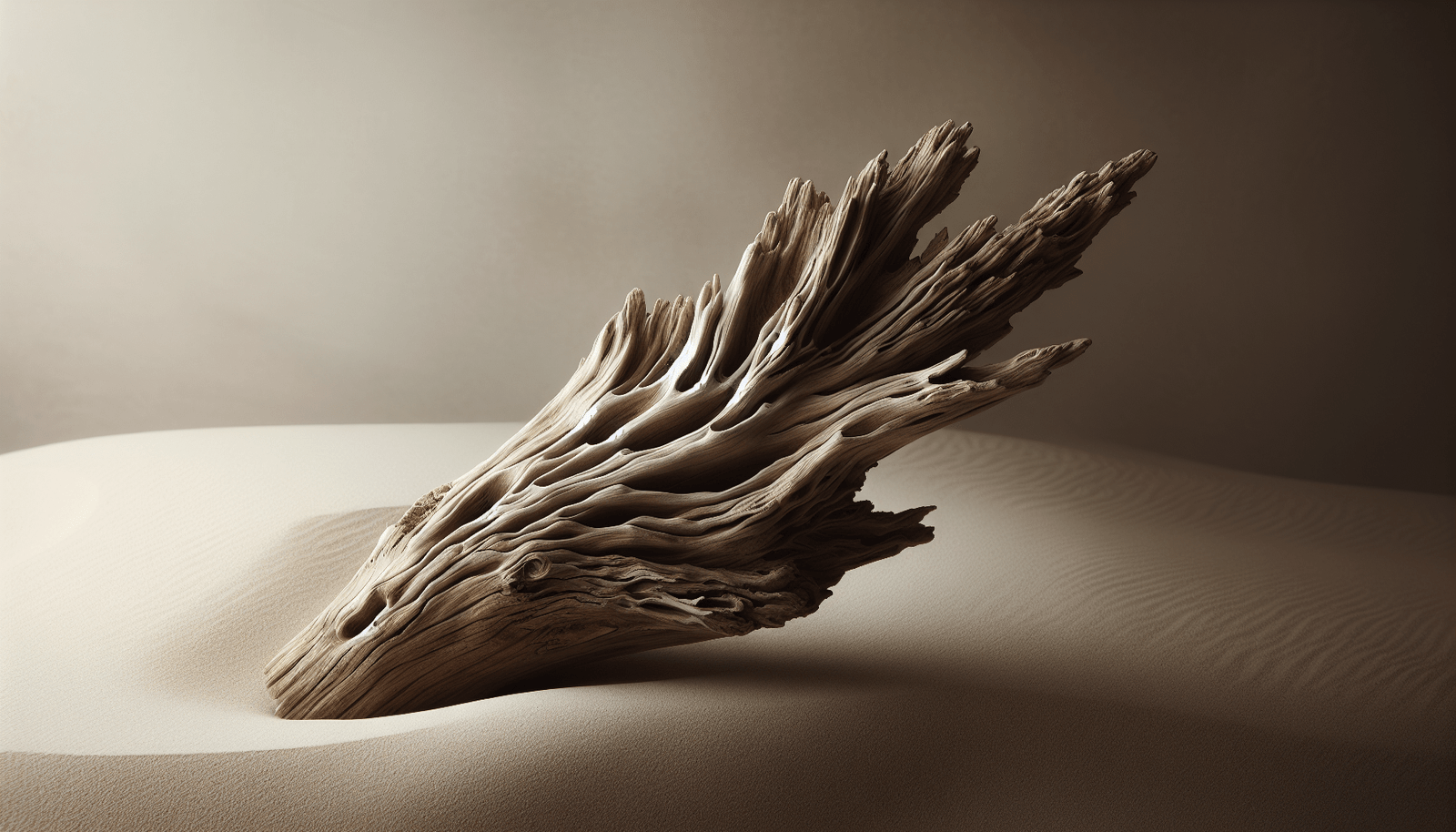
Finalizing the Finish
Once you’re satisfied with your driftwood paint effect, there are a few finishing touches that will ensure durability and enhance the appearance.
Sealing the Surface
Applying a sealant will protect your painted surface from wear and tear. Choose a water-based, non-yellowing sealant to maintain the delicate colors and natural texture.
Distressing for Authenticity
For an even more authentic look, consider lightly distressing the edges of your furniture or wood piece. Sand down certain areas more than others to create a natural, worn effect. Be cautious not to overdo it; subtlety is key.
Mixing Gloss Levels
Experiment with different gloss levels to create contrast. A matte finish adds a more rustic appearance, while slight satin or semi-gloss elements can highlight certain features, providing visual interest.
Caring for Your Driftwood Look
Once you’ve achieved the perfect driftwood finish, proper care will keep it looking beautiful for years to come.
Regular Maintenance
Regular dusting with a soft cloth will prevent buildup without scratching the surface. Avoid harsh cleaning products that might strip away the paint or sealant.
Touch-ups
Every once in a while, inspect your piece for any chips or scratches that may have occurred over time. Having a small amount of leftover paint available makes touch-ups seamless and ensures that your driftwood piece remains consistent in appearance.
Conclusion
Creating a driftwood look with paint is not only an enjoyable project but also a rewarding way to add a coastal or rustic element to your home. By selecting the right colors and using a variety of painting techniques, you can transform any wooden surface into something uniquely beautiful, imitating the essence of nature’s handiwork. Whether you’re updating a piece of furniture or adding character to a new one, the driftwood finish offers an endlessly adaptable style that complements a wide range of home décor themes. Embrace the creative process, and you’ll find yourself with a stunning piece that captures the seaside spirit and its timeless beauty.

